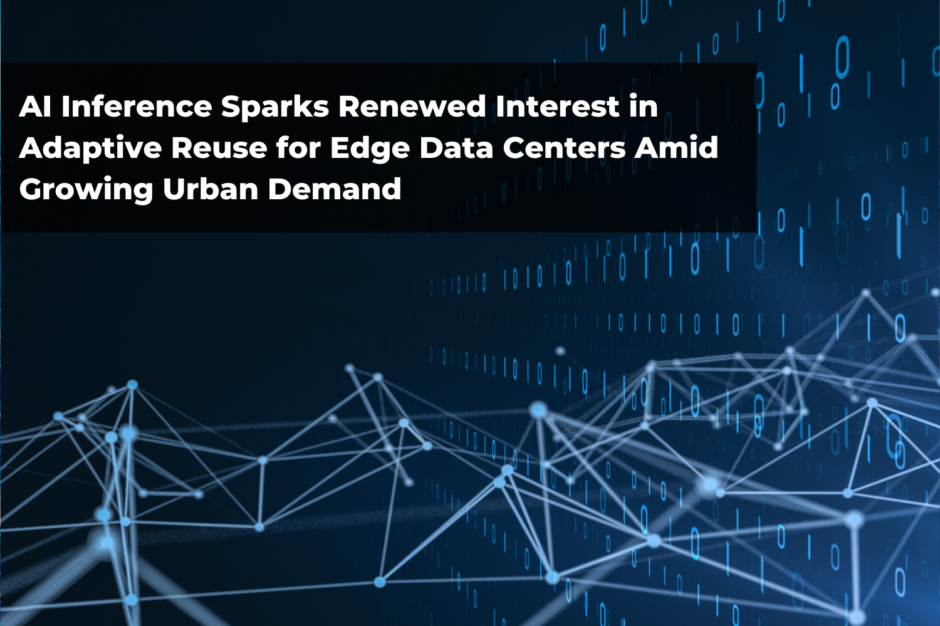In the rapidly evolving landscape of data center development, a new shift is bringing an old idea back into focus: adaptive reuse. While converting existing buildings into data centers was once a common practice, the recent decade of hyperscale growth and AI-driven demand largely sidelined it in favor of ground-up construction. But now, thanks to the rise of artificial intelligence—particularly AI inference computing—the tide may be turning again.
Historically, properties like factories, warehouses, and office complexes were converted into data centers. Examples include the repurposing of the Chicago Sun-Times printing plant and the Prince Macaroni factory in Massachusetts. However, as cloud services and AI training workloads expanded, developers found it easier, faster, and often cheaper to demolish and rebuild rather than retrofit aging structures. In this context, adaptive reuse fell out of favor, with most brownfield sites being valued only for access to power, fiber, and zoning—not the buildings themselves.
Today, however, the industry is at a pivot point. AI inference—the application layer of AI where users interact with models—is expected to overtake AI training in terms of demand by the end of the decade. Inference computing requires smaller, decentralized data centers close to end users, often in urban or suburban areas. These "edge" facilities typically operate at dozens of megawatts rather than hundreds and must come online quickly to meet surging demand.
This is where adaptive reuse is regaining traction. At the recent Bisnow DICE National event, leaders like TYLin’s Kirk Mettam and DLR Group’s Jonathan Mesik noted growing interest in retrofitting suitable buildings rather than defaulting to demolition. Converting industrial or mission-critical assets that already have power, connectivity, and structural potential is becoming more viable, particularly for edge deployments.
One leading example is Bit Digital’s new project in Madison, North Carolina. The firm plans to deliver 24 megawatts of capacity by converting an existing factory on a 96-acre site. The location’s proximity to Charlotte and Northern Virginia, coupled with its access to power and fiber, made it ideal for reuse. The retrofit will allow the first phase to come online by the end of the year, ahead of additional ground-up expansion to 96 megawatts.
According to Bit Digital CEO Sam Tabar, retrofitting offers advantages in speed, cost, and supply chain resilience. Existing generators, networks, and infrastructure help reduce delays and allow developers to get to market faster. Other recent reuse projects have repurposed life sciences and medical buildings, signaling a broader shift in development strategy.
Still, skepticism persists. Many in the data center industry see conversions as slower, more complicated, and more expensive than new builds. But advocates argue that this reflexive dismissal is outdated. As demand for edge computing grows, developers who develop tools to evaluate retrofit viability will be better positioned to seize new opportunities. Failing to do so may mean missing out on delivering much-needed capacity quickly and cost-effectively.
As Mettam put it, “We are starting to watch how these pieces come together.” The message is clear: adaptive reuse may not be the default solution, but it’s no longer the outlier. With AI reshaping where and how infrastructure must be built, giving old buildings new life might just be the next smart move.


